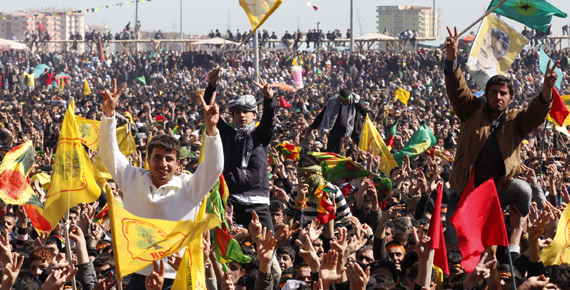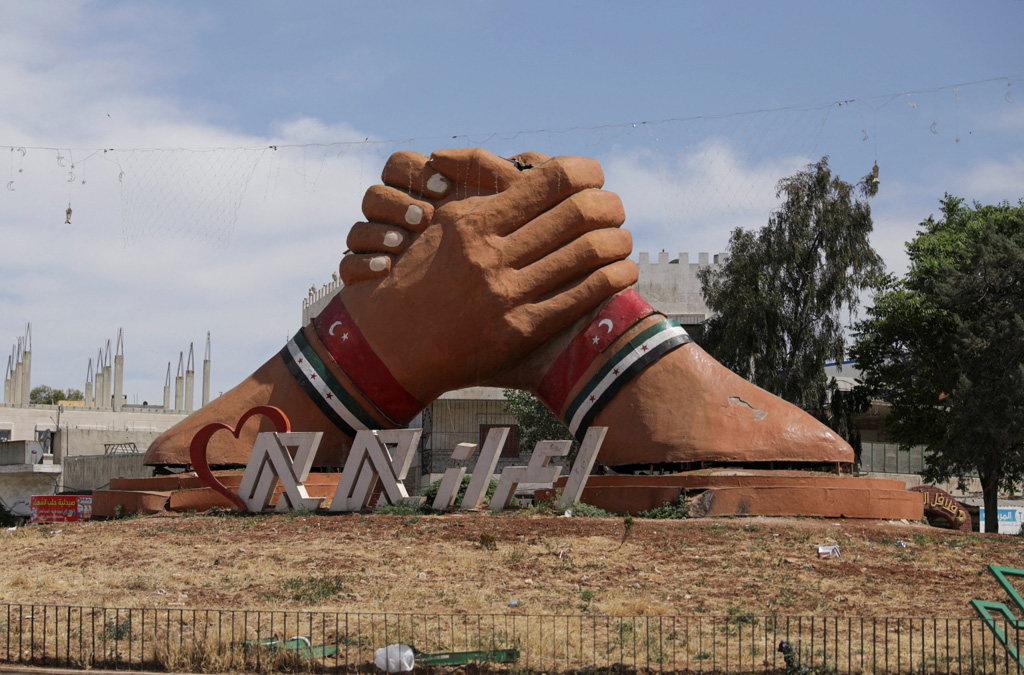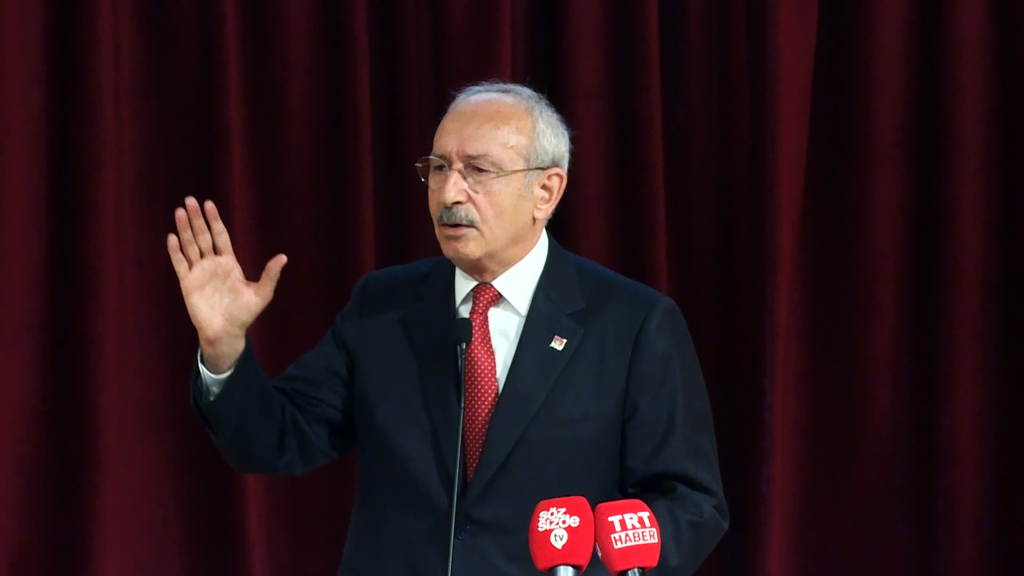Modern Turkey emerged out of a project of radical identity construction. It was a project that aimed to build a state out of the ashes of the Ottoman Empire that would be a secular state, constructed directly on references to ethnic roots and with the goal of Westernization. In the end, what came out of this demographic engineering project was a neurotic social and political structure. Like other nation-building projects in our region, Turkey’s nation building also subjugated certain groups in the new state.
Various ethnic groups from the vast territory of the Ottoman who found refuge in Anatolia did not experience a lot of problems under the new republic’s umbrella of Turkishness. This was partly because these groups were already considered Turks in the regions they came from and partly because they had escaped massacres in their homelands and were committed to surviving and reinventing themselves in Turkey. The real issue rose when Kurdish uprisings rose against Kemalism in response to the imposition of Turkification policies on Kurds, who were, in effect, natives of Anatolia. In fact, Kurds were the strongest community that surrendered neither to the secularist project nor to the Turkification policies of the new republic. It could be said that two of the strongest political trends in the history of modern Turkey, Kurdish nationalism and Islamism, both emerged from the Kurdish community. The most dramatic example of this is Abdullah Öcalan, who is imprisoned today. Öcalan, who has become one of the most important figures in contemporary Kurdish nationalism, identified with the Islamist movement in his earlier years.
It would not be accurate to claim that Kemalist assimilation policies targeted Kurds in particular. The Kemalist project aimed to dissolve all of the diverse groups in Turkey, including the Kurds, in the secular melting pot of Turkishness. It was thought that groups that refused to melt in said pot could be forced into the pot by sheer force. That is to say, the assimilation policies of the single-party regime that lasted until 1950 were realized through the use of violence. The continuance of the assimilation project was facilitated by measures taken by the military and the judiciary, which included staging a coup d’état every decade. It was believed, with the bloody coup of 1980, that the Kemalist project had managed to penetrate and irreversibly assimilate all elements in Turkey.
The 1980s, however, would be the years that witnessed the birth of the two strongest identity movements – Islamism and Kurdish nationalism. The 1990s proved to be rough years both for the Kurdish nationalists and Islamists. In the end, neither the Kurdish movement nor the Islamist movement was suppressed. The Islamist movement, both because it did not resort to violence but instead worked to build up its intellectual and political capacity, was able to get over the trauma without delay. It was also able to produce a new project that embraced all segments of the society, which not only gained the Islamist party the support of the people, but also power. The Kurdish movement, on the other hand, was not able to climb out of its vicious cycle because it trapped itself in the narrow confines of nationalism and failed to distance itself from violence. Today, we are still experiencing the traumas of the same vicious cycles. When the evolution of different social and political segments, as well as the state, in Turkey is considered, the Kurdish nationalist movement has shown the least progress. In the future, as the Kurdish political movement normalizes, we will be able to see progress in the Kurdish problem.








